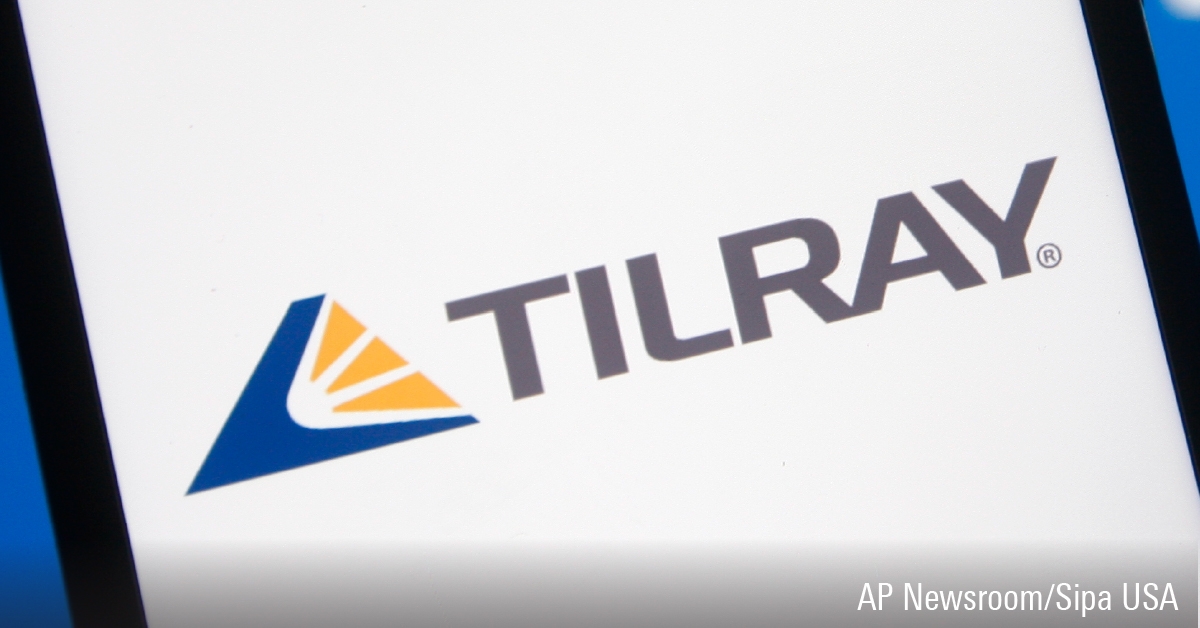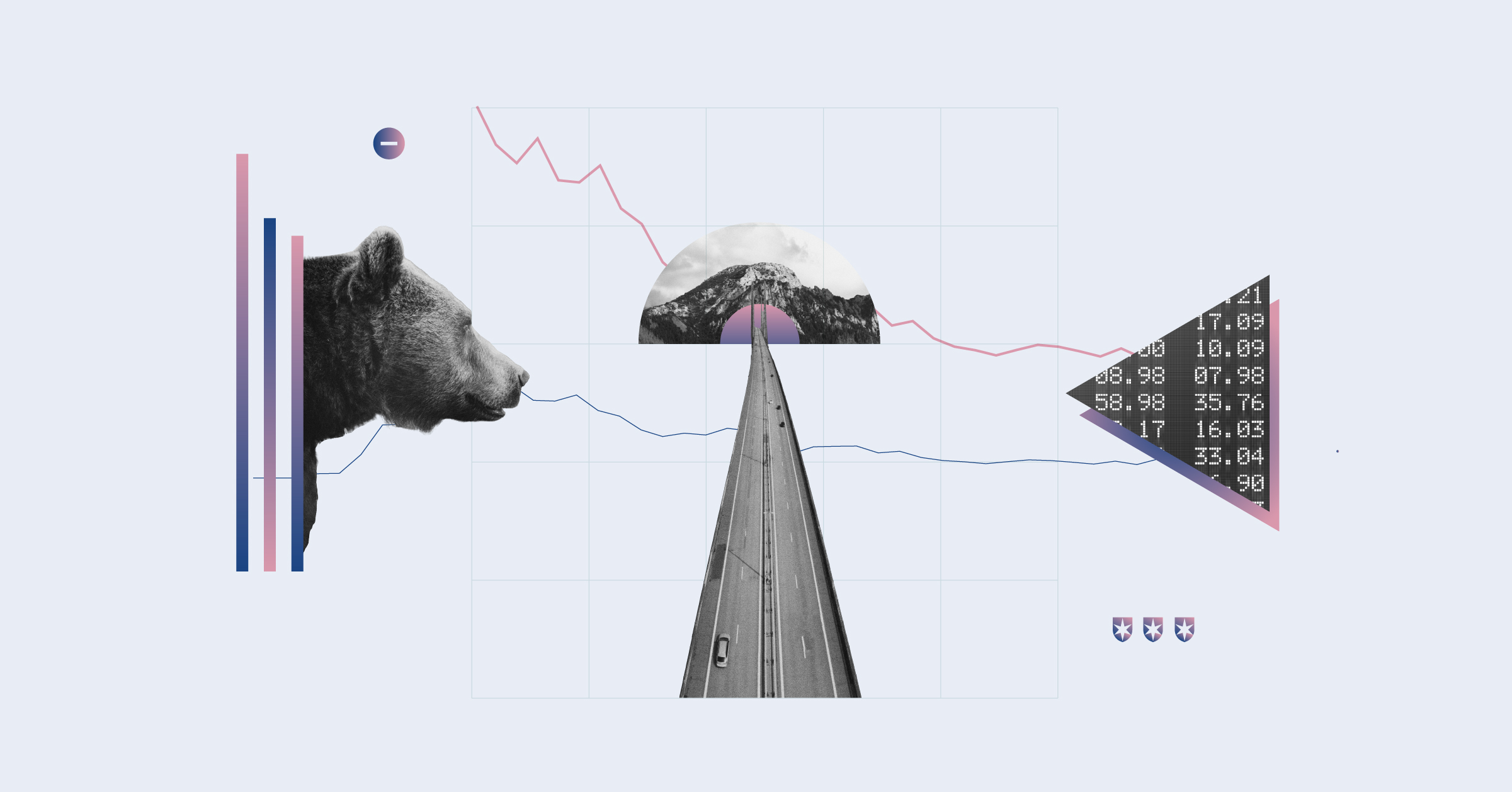
Today is April Fool’s Day. While the exact origins of the significance of this day have been lost to time, it has been celebrated with pranks since at least the 1500s. According to History.com, some of the earliest pranks included having paper fish placed on their backs and being referred to as “poisson d’avril” (April fish), said to symbolize a young, easily caught fish and a gullible person. Funny stuff.
Today, though, we thought that rather than playing a prank on you, we’d help you spot stocks that could end up pranking your portfolio. Using Morningstar® CPMS™, I came up with a list of Canadian-listed companies that investors should think twice about before buying. Though I wouldn’t necessarily call owners of these companies ‘fools’ per se, experienced investors would be remiss if they didn’t consider some of the deteriorating fundamental characteristics of the below list of stocks.
The Dangerous Strategy
For over three decades, Morningstar® CPMS™ has tracked a portfolio of “Dangerous” stocks, or those that fundamentally appear overvalued, over leveraged, and exhibiting shrinking reported earnings. For the record, the performance of the Dangerous strategy looks like this:
In the spirit of the day, I thought to highlight the factors that go into ranking stocks within this strategy. The strategy ranks stocks on a few core factors including:
Readers will quickly question the rank order of the factors as they are counterintuitive for a long investor. For example, investors typically look for companies with growing earnings momentum (not shrinking), and positive estimate revisions from the street (not negative). In essence, the strategy looks for companies that have a combination of generally undesirable characteristics. Based on the long-term performance of the strategy, it seems to have worked as intended, producing a since inception annualized return of -9.2% (ouch!) where the S&P/TSX Composite TR index produced an annualized 8.5% over the same time period. Today, the list of qualifiers to purchase (read: probably avoid) into the dangerous model include:
Are All of These Bad?
No, not necessarily. The strategy’s rules call for it to consistently pick stocks with the above characteristics. Over time, the strategy has performed as expected – very poorly. However, the chart shows that there were periods where Dangerous stocks did really well. For example, we can see that holding Dangerous stocks during the technology bubble of 2000-2002 would have afforded an investor exuberant returns during the rally, and Icarus-like results during the crash. Similarly, we’ve observed that after major market corrections, stocks that make the ‘dangerous’ list tend to exceptionally well, provided that they don’t go bankrupt during the correction itself. All this said, for the conservative investor who looks for more reasonable returns consistently over time, you probably won’t find those on this list.
This article does not constitute financial advice. Investors are urged to conduct their own research before buying or selling any of the securities listed here.




















